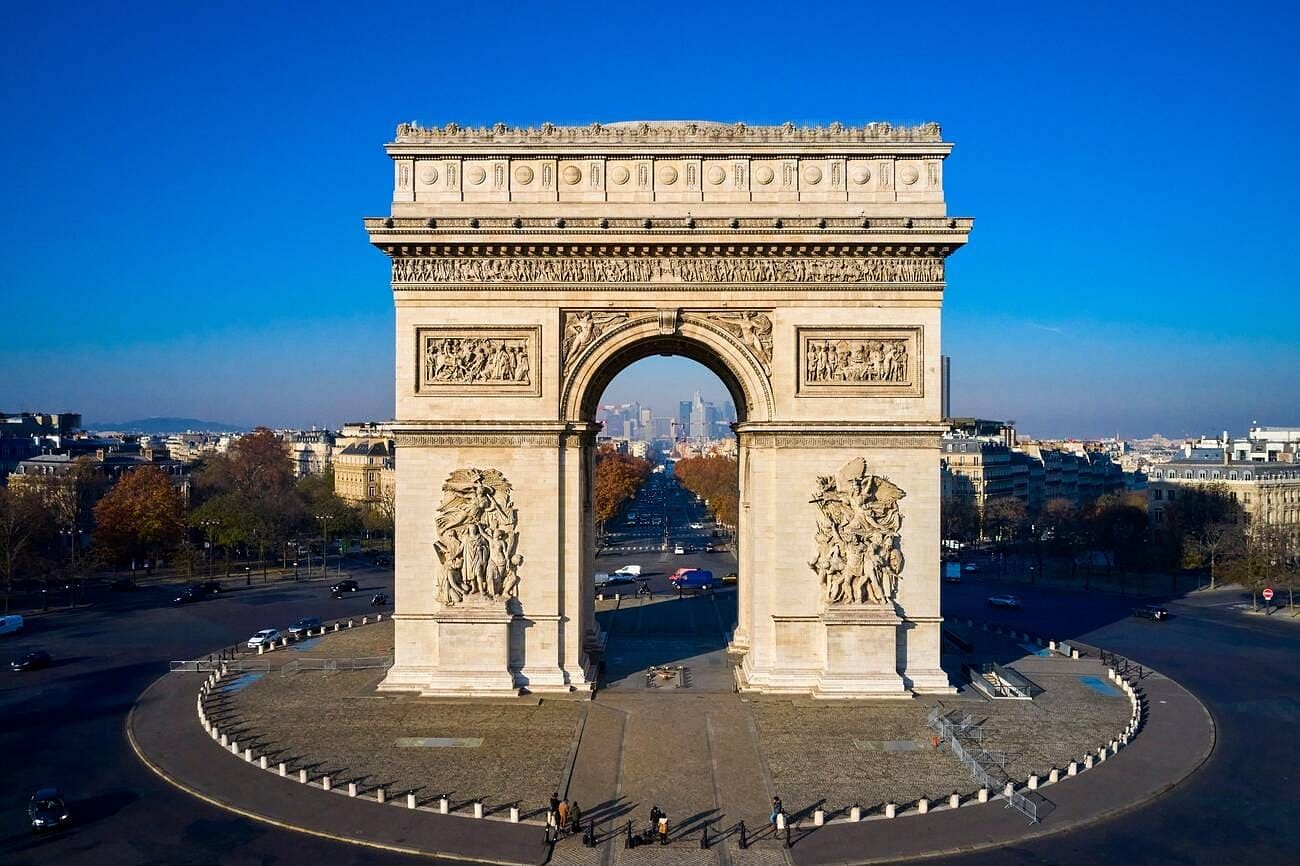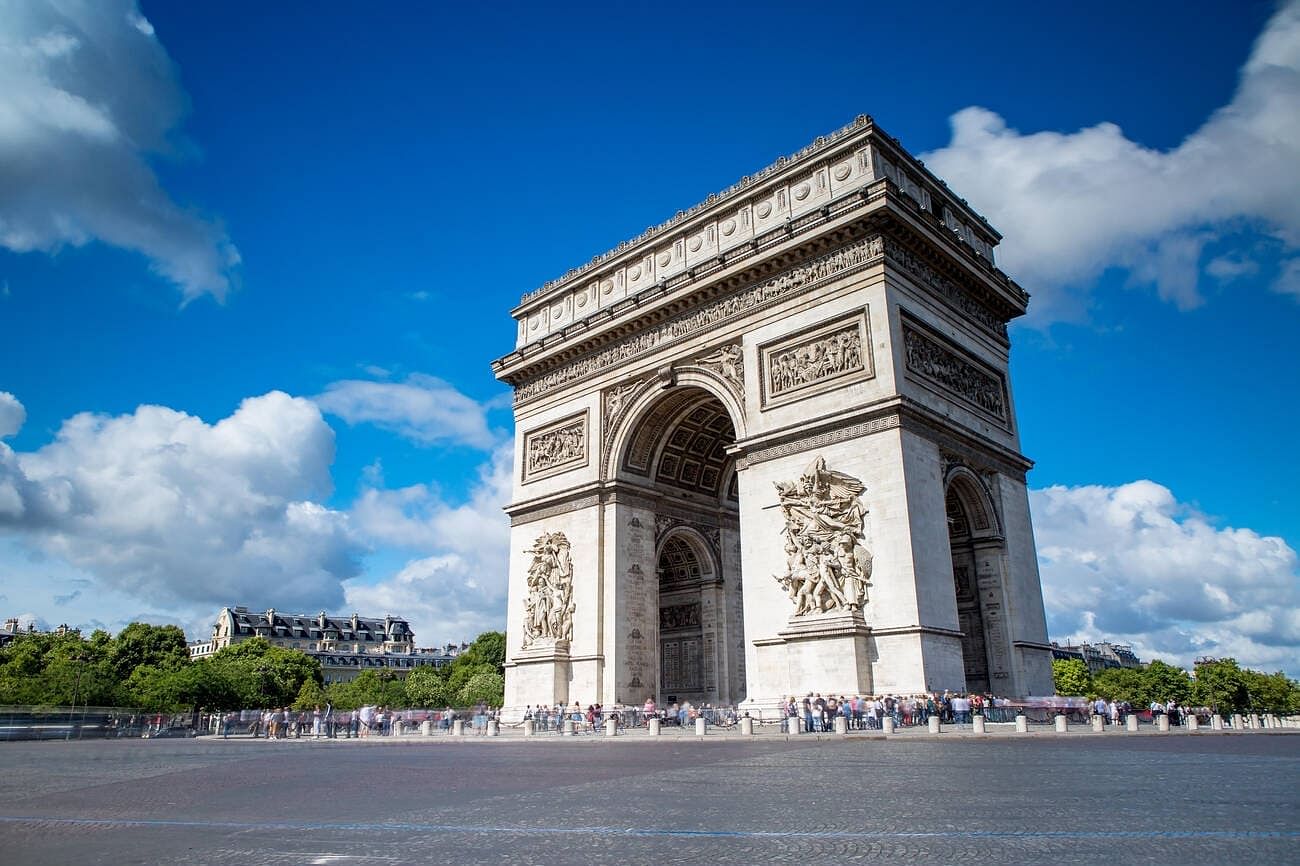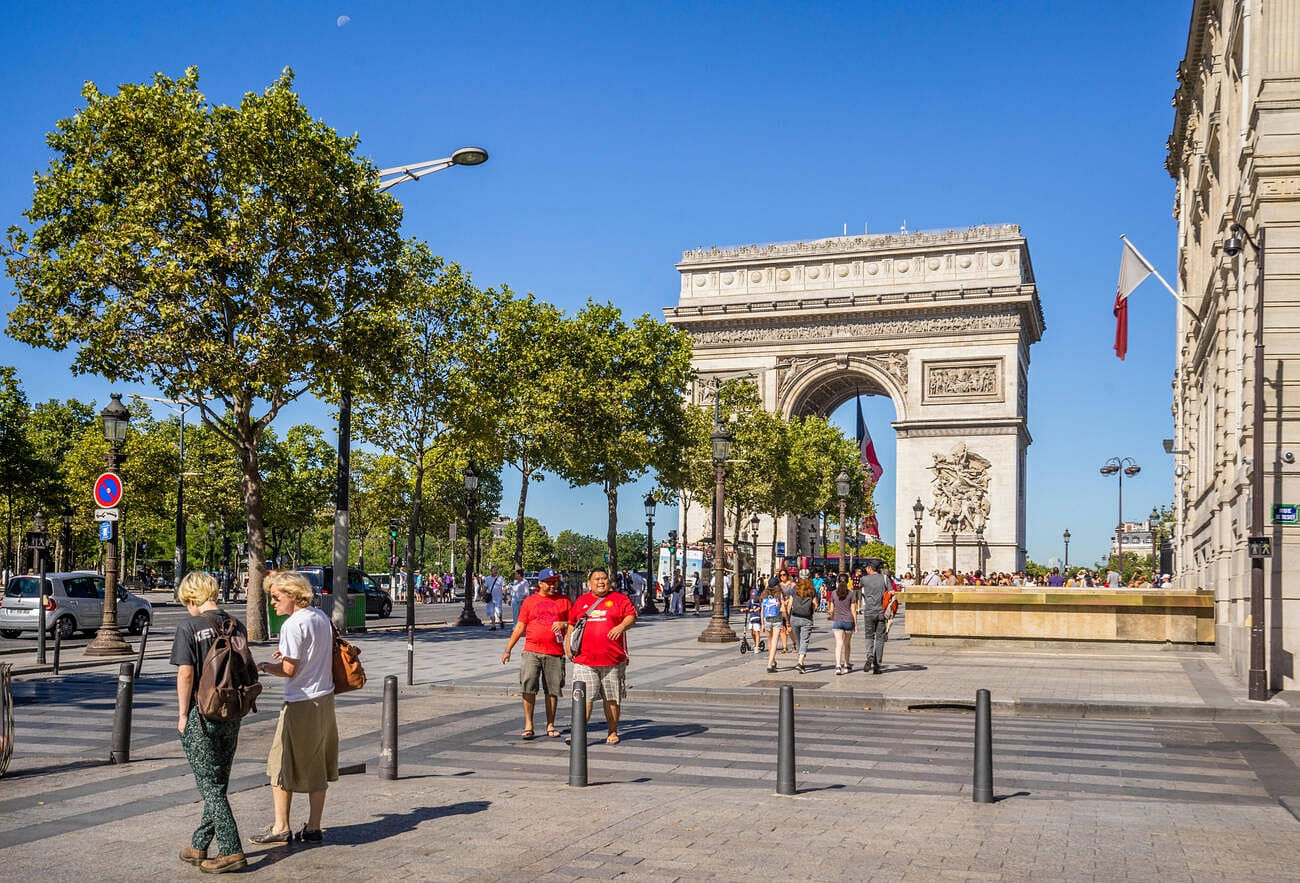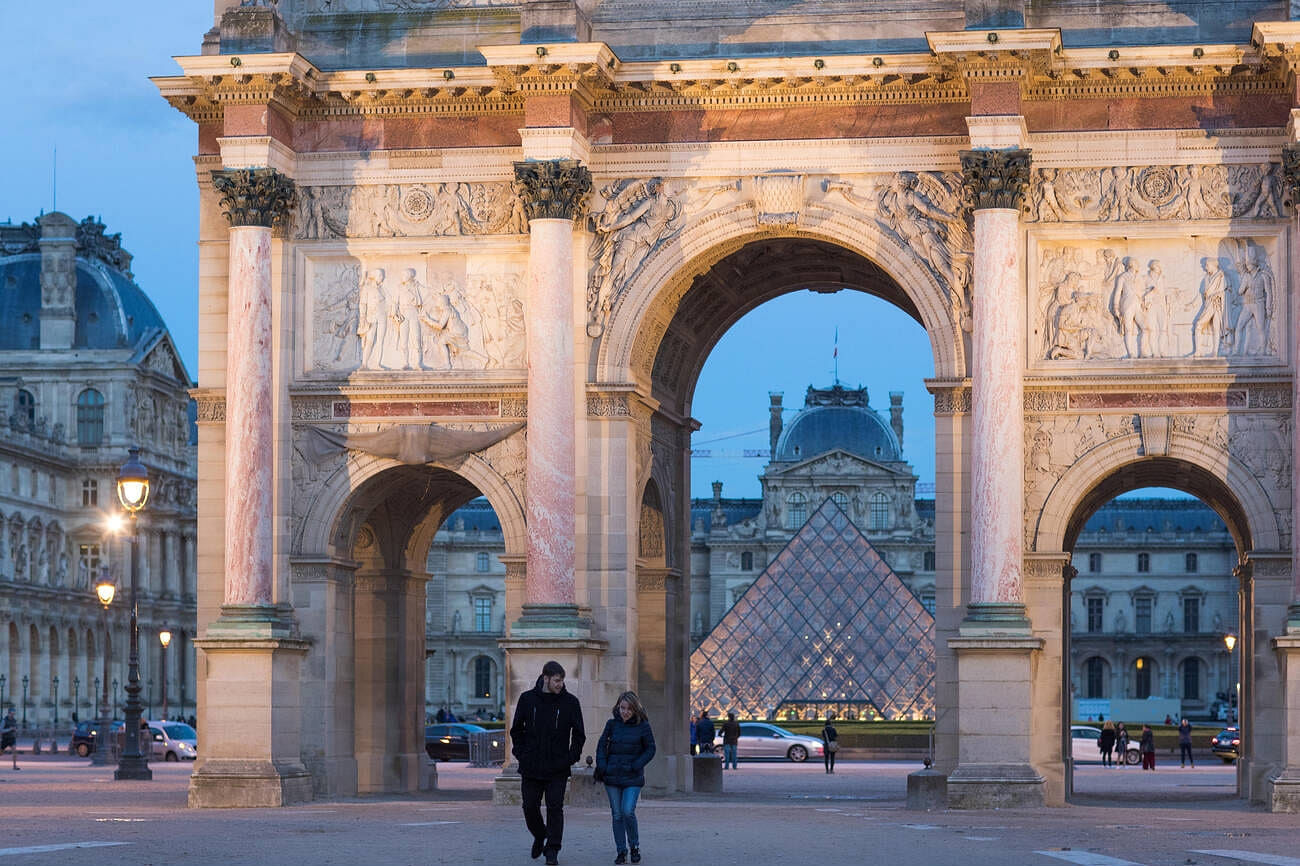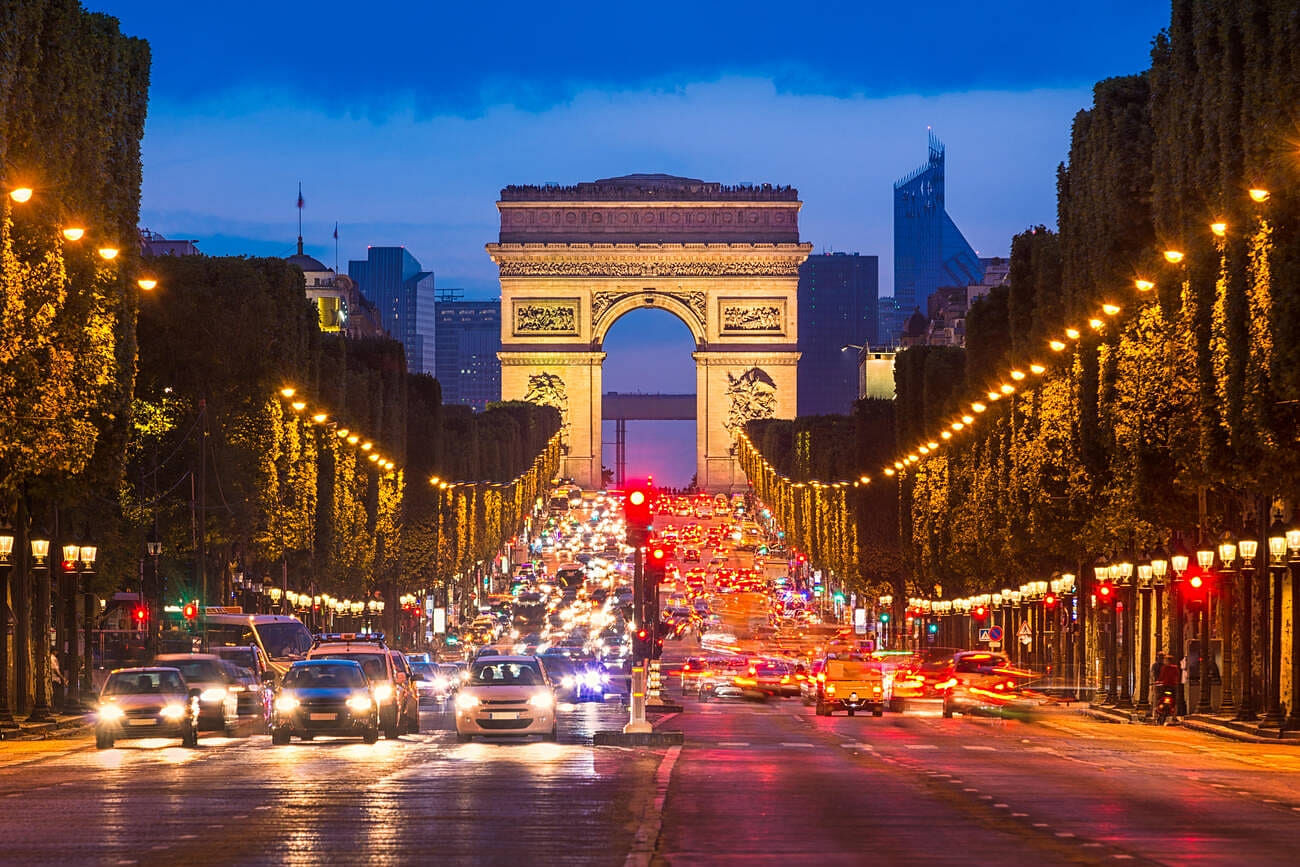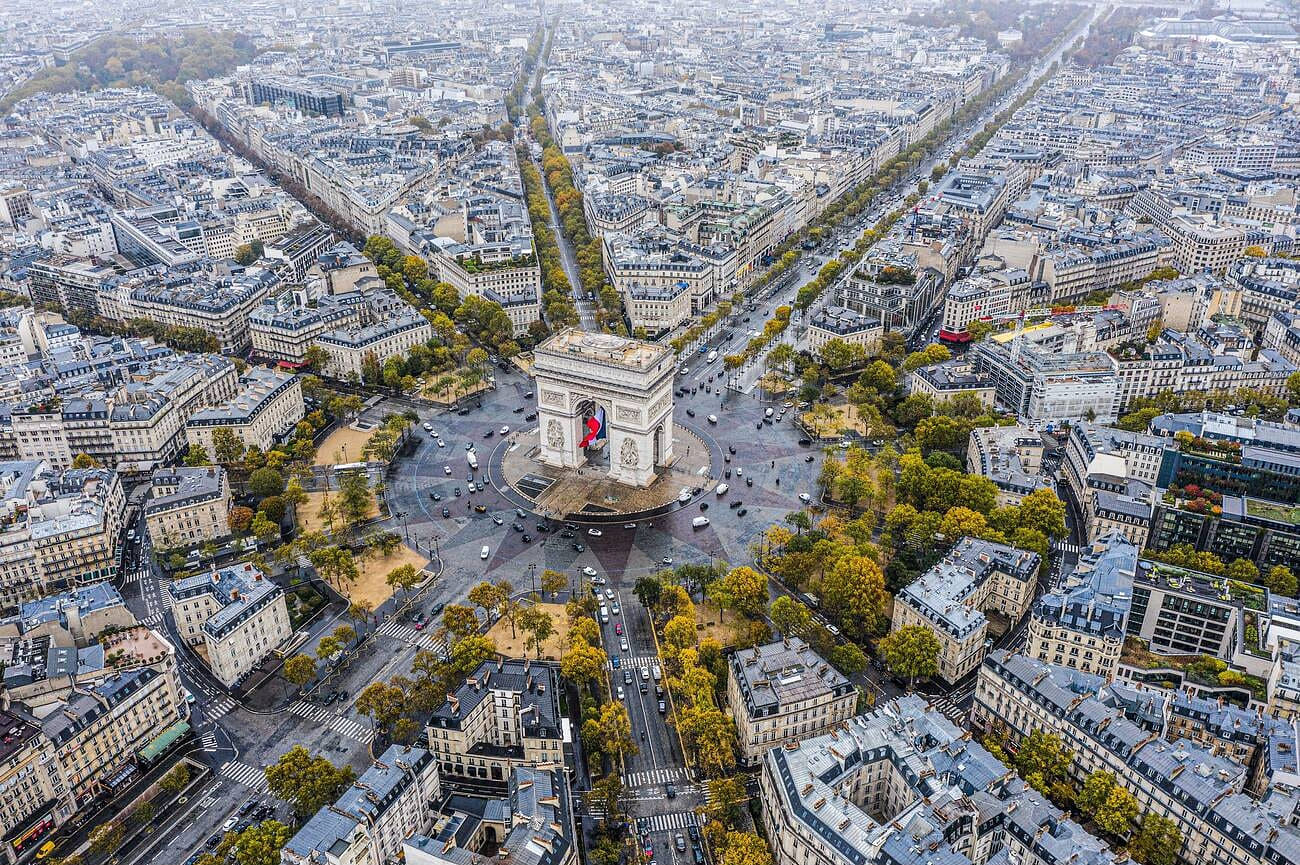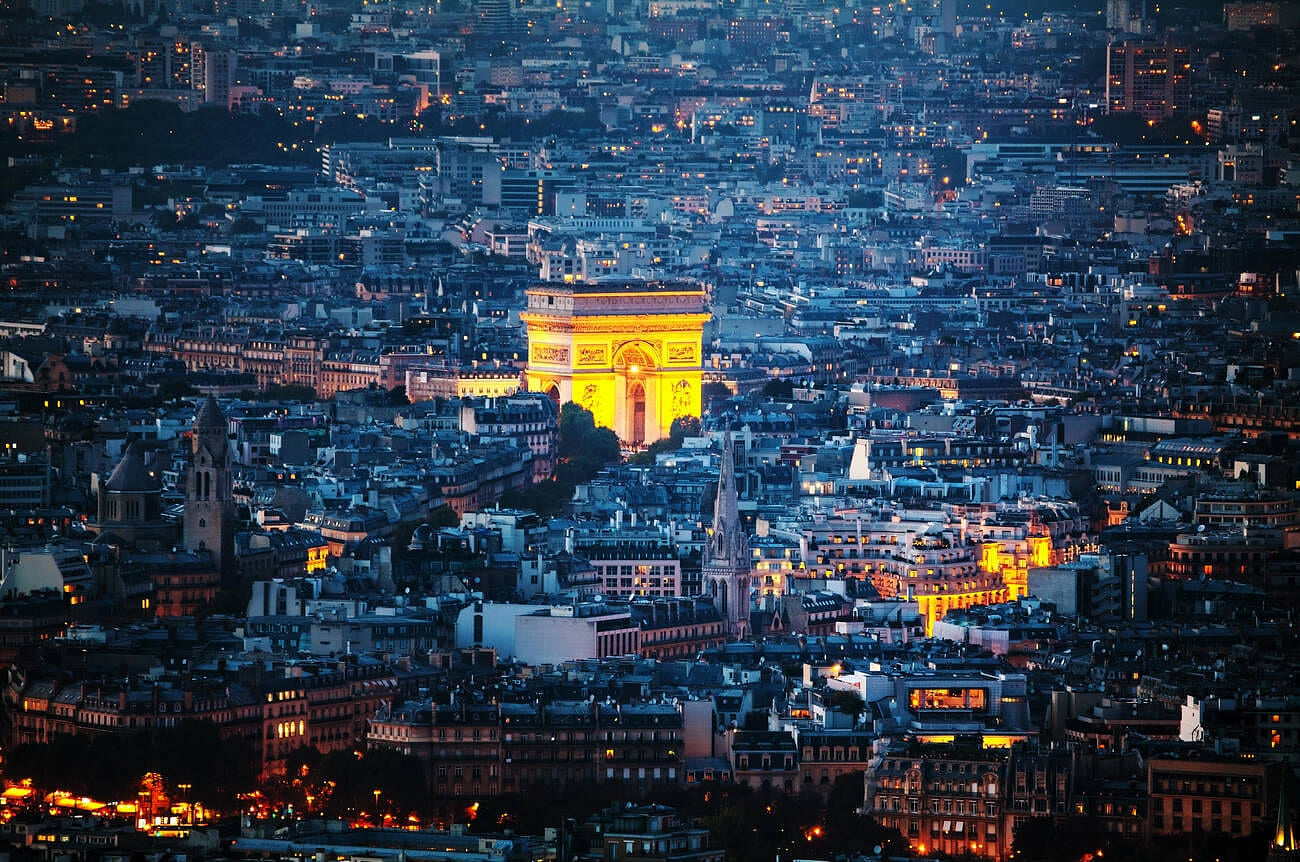Europe is full of attractions that will sweep the ground from your feet but you may come across some of the most iconic landmarks with exclusive Europe Trip Packages, including the popular Arc De Triomphe, also known as the Arc de la Triomphe.
If you are not aware of this landmark, let us give you a little sneak peek, shall we?
Arc De Triomphe in Paris, as the name speaks for itself, is a Triumphal arc, which is a massive structure, popular for being the world’s most popular commemorative structure. Intrigued? Well, let’s dig into its history, its significance, some interesting facts, and how you can get there.
Standing at the centre of the Place Charles de Gaulle, Arc de Triomphe history dates back to the year 1806, when it was first designed by Jean Chalgrin, in honour of those who fought the French Revolutionary and the Napolean Wars.
There were plenty of modifications in the original plan but the Arc that stands there has still managed to retain the essence of the original concept, making it one of the most popular places to visit in Paris.
It’s advisable to book Arc de Triomphe tickets in advance to avoid last-minute chaos.
The ticket will give you access to the top of the Arc, allowing you to witness a panoramic view of the surroundings. You can also witness another iconic landmark, the Champs Elysees from here.
Climbing to the top of the Arc de Triomphe is an experience that you won’t forget, making it one of the fun things to do in Paris.
Arc de Triomphe Monument Architecture
Arc de Triomphe monument’s architecture is interesting. It was designed by Jean Chalgrin, a popular French architect, in 1806.
The Arch de Triomphe Monument’s architecture is elegant and massive architecture with a design that is simple yet very powerful, with a huge archway in the centre. The stone structure stands at a height of 50 meters above the ground, with detailed sculptures engraved on it.
The beautiful design of the Arc de Triomphe Monument is inspired by the Roman arches from the ancient times, however, the Arc de la Triomphe is bigger and grander in all aspects.
On the monument, you will be able to notice relief sculptures that show battle scenes and heroic figures. On the inside and the top part is covered with the names of the soldiers who sacrificed their lives for the country.
At the base of the monument, you will notice a tomb of the unknown soldier, which honours the fallen soldiers of World War I. Standing at the centre of a huge roundabout, the Arc looks very dramatic but absolutely beautiful.
Best Time To Visit Arc de Triomphe
If you are looking for the best time to visit Arc de Triomphe, then you should go during the time of sunset to witness the spectacular views.
If you wish to avoid crowds, don’t visit during the weekend when the place remains packed with tourists and locals, instead visit during the weekdays.
Arc de Triomphe memorial opens at 10 a.m. in the morning and closes at 11 p.m. The last admission time is at 10:15 p.m. So before your visit, make sure you choose a suitable time for your visit.
The arc looks beautiful at night as well, so if you are a night person, then this time might suit you.
How To Reach Arc de Triomphe
Wondering how to reach Arc de Triomphe? Don’t worry, we’ll help you with that.
Metro: If you wish to travel via metro, and explore Paris like a pro, you can take lines 1,2, or 6 to reach the Charles de Gaulle station.
By Bus: If you wish to take a bus then you can go for lines 22, 30, 31, 52, 73, or 92, which will take you directly to Arc de la Triomphe.
By Taxi: If you wish to have a hassle-free experience, you can always take a cab. The fares will depend on the distance between the starting point and the end destination.
Here are some Arc de Triomphe facts for you:
- The arc is 162 feet tall and 150 feet wide.
- It took 30 years to build the Arc de la Triomphe.
- The arc was built on the orders of Napoleon.
- Napoleon promised that he would return with his army through the arches of the Arc.
- The roof of the arc can be reached by climbing 284 steps.
- The Arc was meant to celebrate victories, which can be seen on it’s carvings.
- Napoleon died before the arc was completed.
- Armistice Day was celebrated on the unknown soldier's grave at the base of the arc.
- On 11th November 1923, the memorial flame was lit and is rekindled every night to honour the soldier.




